How To Master The Press-Up
Use our complete guide to this classic bodyweight exercise to increase size, strength and stability
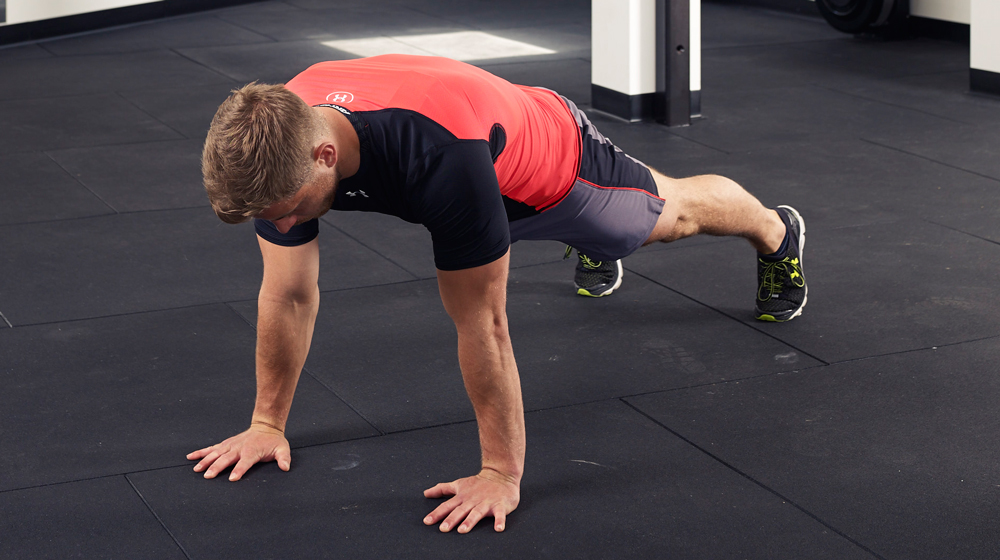
The press-up is probably the most popular bodyweight move in the world. That’s partly because it can be performed anywhere, without the need for much space or any kit. But above all it’s effective, working your chest, core, triceps and shoulders, if you do it right. What’s more, this classic move has a huge number of variations that will work the muscles of your upper body in new and challenging ways to promote new muscle mass growth, improve shoulder stability and mobility, and burn body fat to reveal a more defined torso.
So if you haven’t done a press-up since it was your punishment at school for forgetting your PE kit, it might be time for you to reconsider your opinion on it and factor it back into your training programme. Read on to discover how to perform the perfect press-up and find out how you can use the move more effectively to build your best ever body.
Press-up Form Tips
“The ability to crank out countless press-ups might seem impressive, but if you’re serious about adding upper-body size and strength then quality is far more important than quantity,” says trainer James Stark. “If you get your press-up form absolutely right, every single rep will help you add size and strength.” Follow these form tips to master the movement and add muscle faster.
Hand width
How Place your hands shoulder-width apart with arms straight and so your shoulders, elbows and wrists line up.
Why This position, with all the joints of your arms aligned, works your muscles without placing excess stress on the joints.
Hand position
How Your fingers should be slightly splayed and pointing forward, with your hands forming right angles with your forearms.
Why Maintaining a strong wrist position keeps your arm joints aligned to minimise joint stress and form the most stable set-up.
Get the Coach Newsletter
Sign up for workout ideas, training advice, reviews of the latest gear and more.
Elbow movement
How Initiate the move by bending your elbows to lower your chest towards the ground.
Why If you flare your elbows, you’re putting unnecessary stress on your joints. Perform press-ups correctly by keeping your elbows tucked in to your sides as you lower your chest towards the floor.
Ideal hip height
How Your hips should remain in line with your shoulders for the entirety of the set.
Why Holding your hips up keeps your body stable, which allows your muscles to focus on performing high-quality reps rather than on stabilising your torso.
Foot width
How Keep your feet hip-width apart. Placing them farther apart makes it easier and bringing them together makes it harder.
Why The closer together your feet the less stable your body, which means your muscles must work harder each rep.
Depth of reps
How The closer you can get your chest to the floor the better because this makes the working muscles move through a full range of motion.
Why The deeper you can go the more muscle fibres you activate. Keep reps slow to work them harder.
Power up your press-ups
Increase your press-up personal best with these expert endurance tips
0-10: “Start by mastering the movement pattern then doing one rep at a time, pausing at the top, to gradually build upper-body strength,” says trainer James Stark.
11-30: “Once you get into double figures try slowing down the eccentric, or lowering, portion of each press-up to increase the workload on the target muscles,” says Stark. “Then press back up powerfully to hit your fast-twitch muscle fibres.”
31-50: “You’re now into serious press-up territory so you need to keep the working muscles out of their comfort zone to keep getting stronger,” says Stark. “Try one- or two-second pauses at the bottom to expose them to even more tension.”
50+: “If upper-body size and strength is your goal then you need to make the move harder to keep progressing,” says Stark. “Raise your feet above your hands to up the resistance, or try clap press-ups, which require explosive power.”
The Best Press-Up Variations
When it comes to indicators of raw strength and power, there's not much that beats the press-up. It's the only upper-body exercise you can do anytime and anywhere and is one of the greatest exercises ever invented, working all the muscles of the chest as well as the shoulders and triceps, and requiring good core strength to keep your upper body stable.
Below you'll find form guides for the ten best press-up variations that require no kit, so they can be done at home, on holiday or down the pub. Once you can do 15 reps, move on to the next variation.
1. Press-up on knees
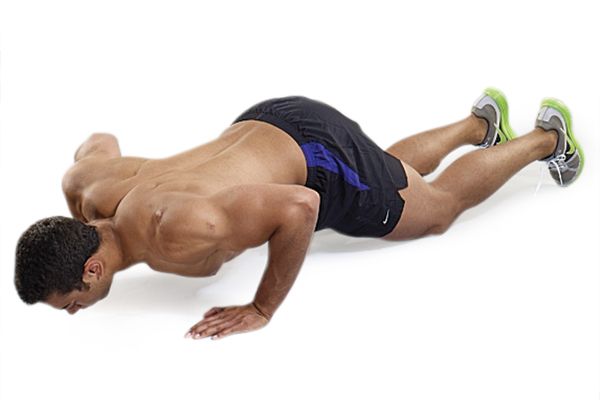
Resting your knees on the floor removes some of your bodyweight from the move, making this a great way to start building upper-body strength.
Difficulty: 1/10
2. Wide-arm press-up
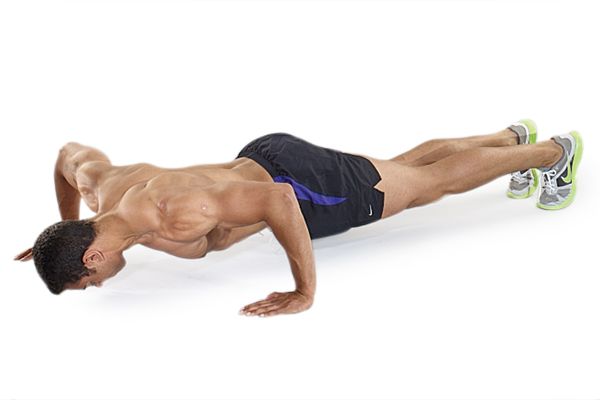
Placing your hands slightly wider will reduce the range of motion, making each rep a bit easier. It also places greater emphasis on the chest and less on the triceps, which are a weak spot for some.
Difficulty: 2/10
3. Press-up
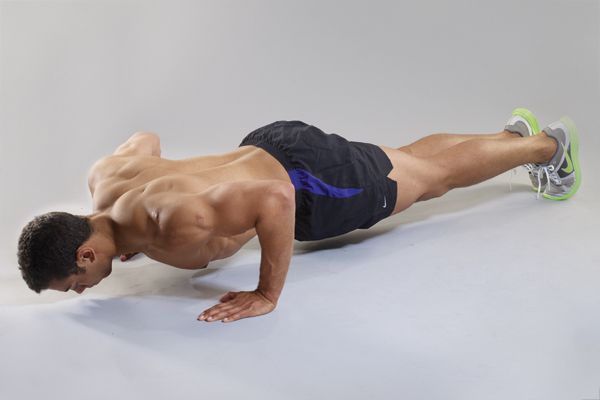
Place your hands just wider than shoulder-width apart with your body in a straight line from head to heels. As you lower keep your elbows pointing back, not to the sides.
Difficulty: 3/10
4. Diamond press-up
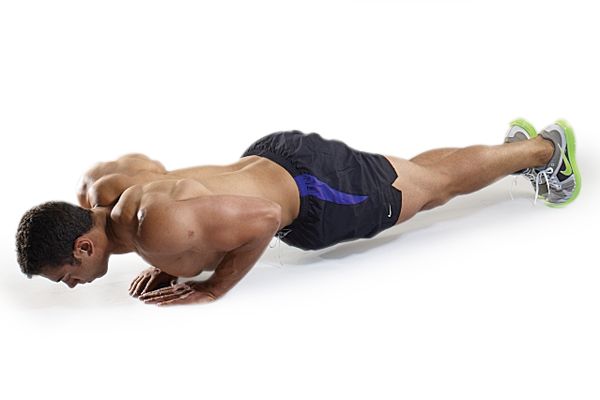
Touching the tips of opposite thumbs and index fingers together turns this into a great triceps-sculpting move.
Difficulty: 4/10
5. T press-up
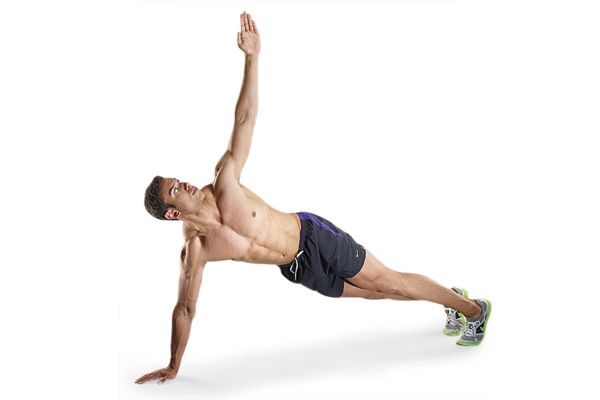
Twisting and raising your arms alternately after each rep forces your core to work harder to stabilise your body.
Difficulty: 5/10
6. One-leg press-up
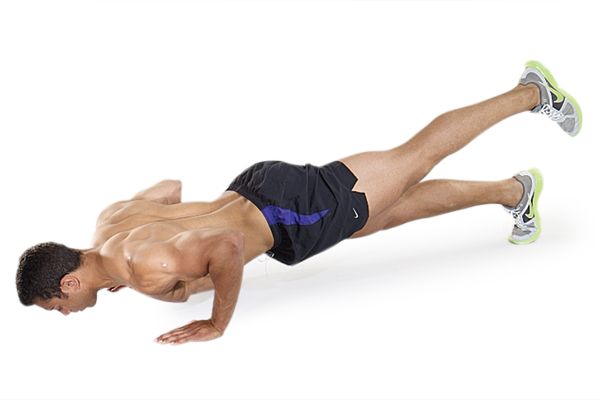
Lift one leg off the ground and perform the set as normal to work your core, glutes and leg muscles.
Difficulty: 6/10
7. Alternating offset jump press-up
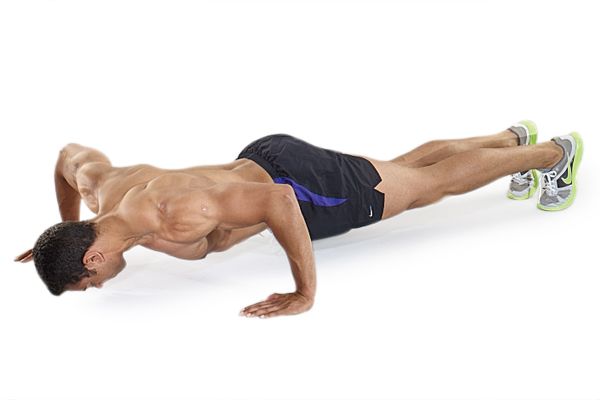
Jumping your hands alternately backwards and forwards hits your chest and triceps muscles from different angles.
Difficulty: 7/10
8. Jump press-up
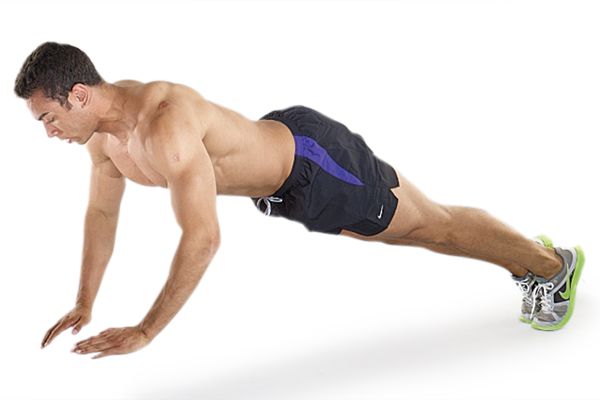
Pushing up hard so that your hands leave the floor helps develop explosive upper-body strength and power.
Difficulty: 8/10
9. Clap press-up
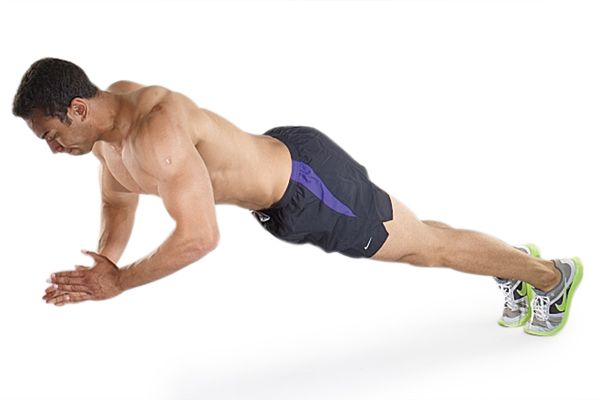
Pushing up explosively after each rep so that you can clap your hands recruits more fast-twitch muscle fibres, which leads to greater size and strength gains.
Difficulty: 9/10
10. One-arm press-up
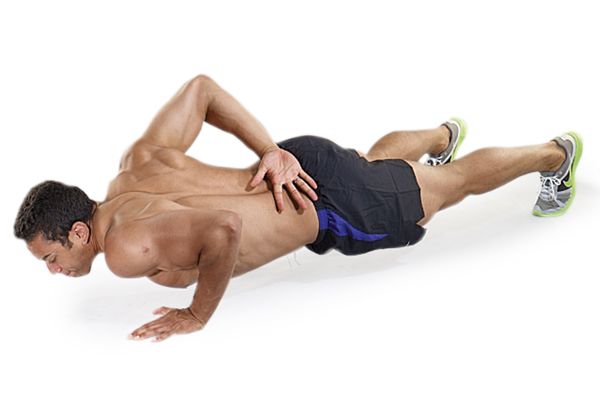
The ultimate show-off move, performing press-ups with only one arm requires great upper-body strength and stability because your core must keep your torso steady so that you can complete each rep without falling over.
Difficulty: 10/10
Conquered all of them? Then try this, the hardest press-up known to man.
Planche press-up
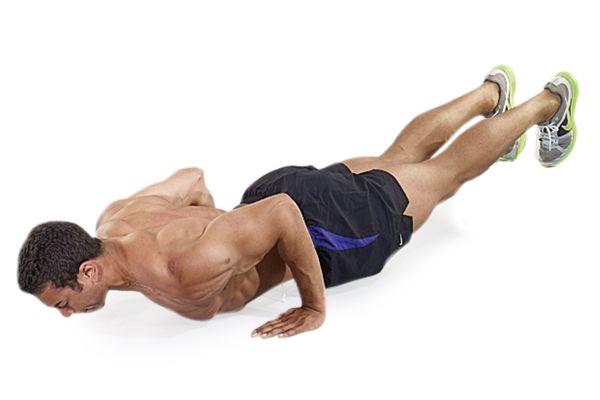
Doing a press-up with your feet off the ground requires phenomenal strength, balance and co-ordination. Place your hands by your hips, lean forward, lift your legs off the ground, press up and start counting!
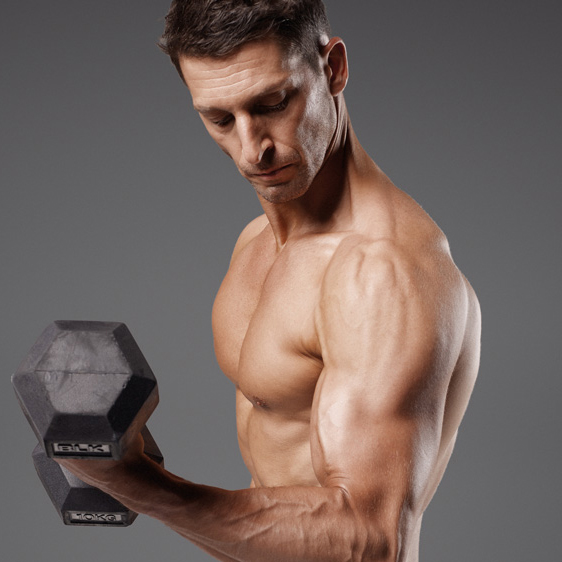
Joe Warner is a highly experienced journalist and editor who began working in fitness media in 2008. He has featured on the cover of Men’s Fitness UK twice and has co-authored Amazon best-sellers including 12-Week Body Plan. He was the editor of Men’s Fitness UK magazine between 2016 and 2019, when that title shared a website with Coach.









